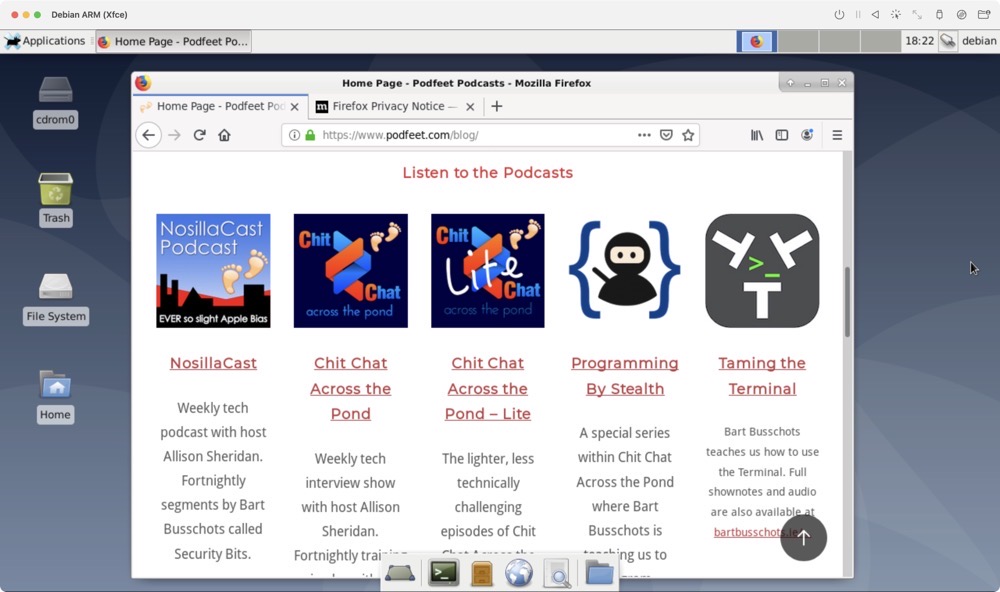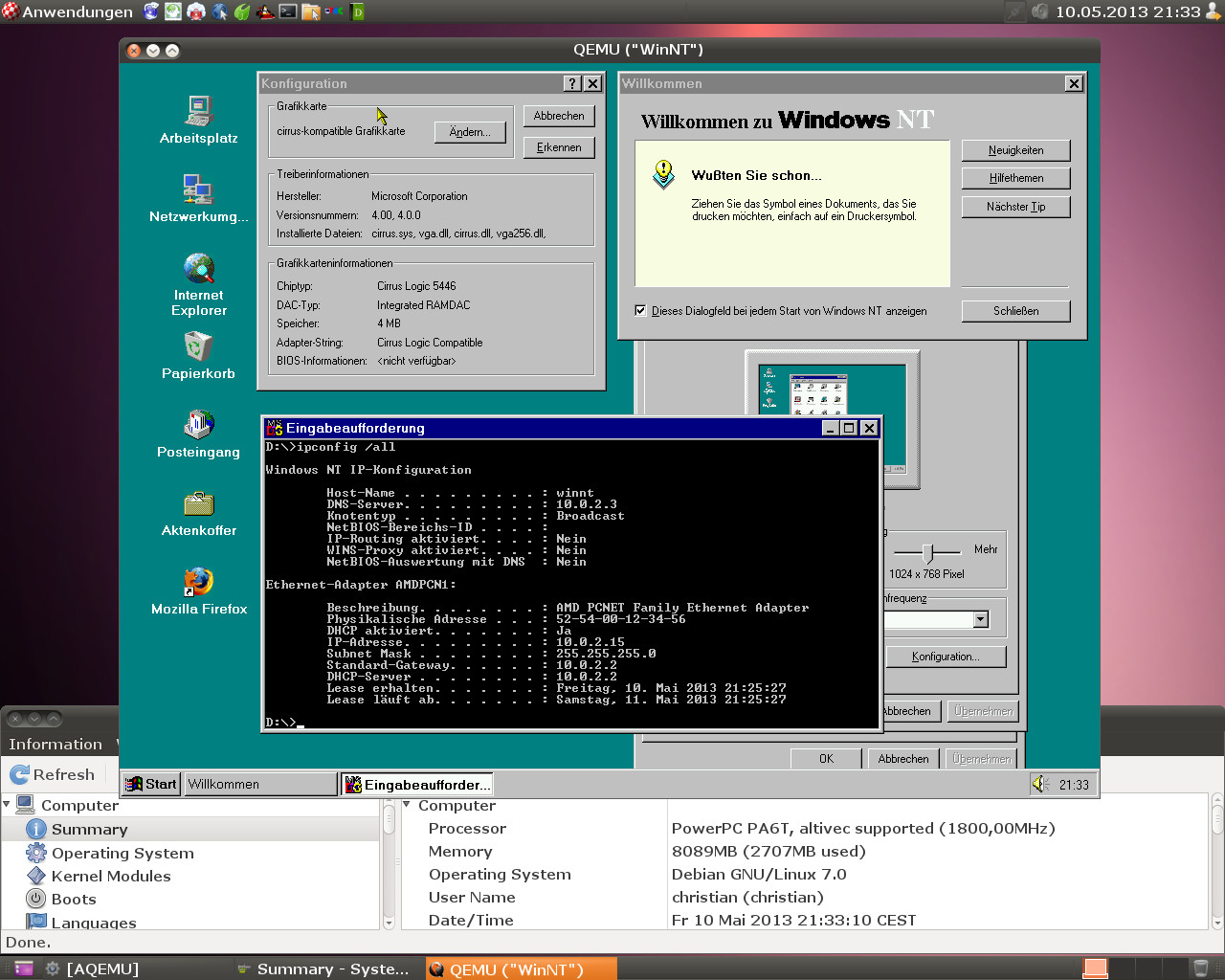
I figured it would be really good, but it’s beyond good, crossing into the “Yeah, I’ll call this magical…” realm. Not just for the power - that’s amazing too, but simple, flat out, using it for stuff. It’s a common theme with ARM desktop use, especially 64-bit, so this is no different. The Intel one wasn’t doing most of what I wanted (to say the GPU sucked would be an understatement), I’ve been lusting after a mid-range ARM desktop for a long while, and the fact that things would be broken on it doesn’t bother me - it’s not a production machine for me, so I’m happy to run on the bleeding, slightly broken edge. While I don’t generally make a habit of buying brand new, just-released hardware, I made an exception for the M1 and bought a M1 Mac Mini to replace an Intel Mac Mini (which had replaced a perfectly function 2014 iMac I’d still be running if the monitor hadn’t failed - the display assembly, used, cost $600 in not-cracked condition). The fastest Linux machine I’ve ever used is a hardware virtualized install on the Apple M1 - and this post covers how to do it! I’ve also, as is usual for me, gone down some weird paths - like ARM Linux virtualization, x86 Linux emulation, and BOINC in an ARM VM!

Apple did it, has shipped hardware, and I’ve had a chance to play with for a while now.

About six months ago, I speculated a bit on what Apple might do with their upcoming (rumored at the time) ARM transition.


 0 kommentar(er)
0 kommentar(er)
